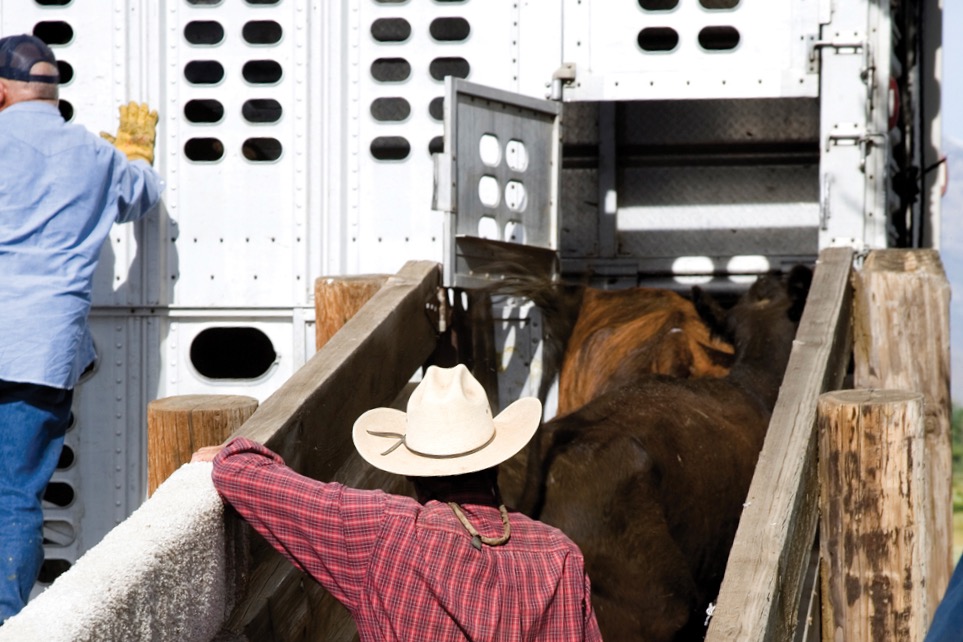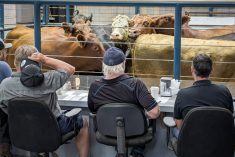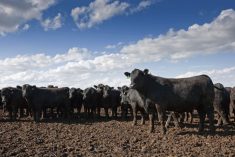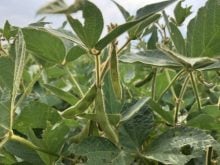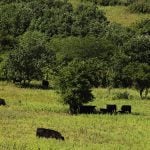For the week ending December 22, Western Canadian feeder cattle prices were relatively unchanged from seven days earlier.
The last full week of 2023 was characterized by lower volumes and limited buying interest. Feedlot operators don’t want to weigh down schedules of hired hands over the holidays. Many auction barns were closed for the season while some held bred cows and bred heifer sales.
Feeding margins have moved into negative territory which is setting a negative tone for all weight categories of replacements. Alberta packers were buying live steers at $221/cwt fob feedlot in Southern Alberta. Break-even pen closeout values are closer to $248/cwt; therefore, feedlots are barely covering feed costs on unhedged cattle.
Read Also

Prairie CWRS bids rise, other wheats mixed
Canada Western Red Spring (CWRS) wheat bids across the Prairie provinces saw some strength during the week ended Nov. 11, taking some direction from the United States futures. However, other wheat classes were mixed.
In Central Alberta, a smaller group of 810-pound Angus based steer calves with full 60-day weaning on light grain and silage diet, with full processing data sold for $310/cwt. In the same region, larger frame, Charolais blended, fully weaned, heifer calves on the scale at 810 pounds with full health data dropped the gavel at $285/cwt. North of Calgary, weaned Charolais steers weighing 702 pounds on hay and silage diet with processing information were last bid at $336/cwt. In Central Saskatchewan, semi-weaned Simmental based steers weighing 680 pounds were valued at $345/cwt.
South of Edmonton, Angus blended semi-weaned, vaccinated steers on the card at 610 pounds supposedly sold for $365. In the region, unweaned tan heifers averaging 600 pounds were valued at $310. In the Saskatoon area, black short-weaned heifers weighing just over 600 pounds notched the board $320. Buyers were uncertain on weaning periods which appeared to determine buying interest. Weather has been favorable for settling calves but transportation risk remains a factor.
In Central Alberta, a handful of red mixed bawling steers weighing 540 pounds supposedly traded for $370. In Central Saskatchewan, red and white face steer calves off their mothers weighing 535 pounds were apparently sold for $385. South of Edmonton, black unweaned heifers weighing 505 pounds with full processing reportedly traded for $344.
The margin structure doesn’t improve for the spring and summer. Steer calves weighing 800 pounds at $305/cwt in Central Alberta are coming in with a a bill around $300 per head given the June and August live cattle futures. In the first couple months of the year, feedlot operators throw out the hope factor and only buy on rational economics. If the animal doesn’t pencil a profit, it’s not coming into the feedyard. This may result in softer feeder prices in January.
— Jerry Klassen is president and founder of Resilient Capital, specializing in proprietary commodity futures trading and market analysis. Jerry consults with feedlots on risk management and writes a weekly cattle market commentary. He can be reached at 204-504-8339 or via his website at ResilCapital.com.




